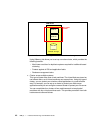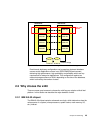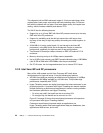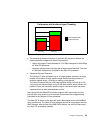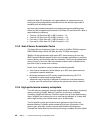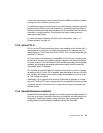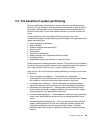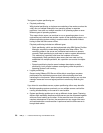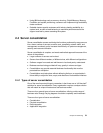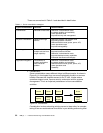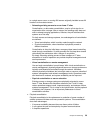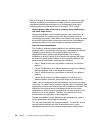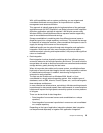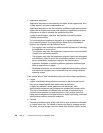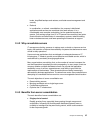50 IBM ^ xSeries 440 Planning and Installation Guide
Two types of system partitioning are:
Physical partitioning
With physical partitioning, a single server consisting of two nodes, such as the
x440, can run multiple instances of an operating system in separate
partitions. It can also run multiple versions of an operating system or even
different types of operating systems.
This means that a server can continue to run an operating system in one
node while you install and test another version of that operating system, or a
different operating system entirely in another node on that server without
having to take the entire server offline.
Physical partitioning includes two different types:
– Static partitioning, which can be implemented using IBM System Partition
Manager, requires the nodes being adjusted to be taken offline. The
remaining nodes in the server are unaffected and continue to operate
normally. Static partitioning is performed on node or system boundaries.
This means that a partition must have the hardware to function
independently. Static partitioning also means that one node can't be
subdivided into multiple partitions, but a partition can consist of multiple
nodes.
– Dynamic partitioning has the same hardware boundaries as static
partitioning, but it permits hardware reconfiguring while the partition's
operating system is still running.
Logical partitioning
Servers using VMware ESX Server will be able to reconfigure a system
partitioned at the individual processor level, without shutting down and
restarting the virtual server. When workload demands change, you can also
reassign resources from one logical partition to another by restarting the
server.
If you intend to consolidate servers, system partitioning offers many benefits:
Multiple operating systems previously run on multiple servers could all be
running simultaneously on one server in one location.
System partitioning enables you to set up different cluster types. Clustering
delivers high availability, because multiple servers can be connected together
with one server backing up the other. In the event that one of the servers
requires maintenance or service, the second server can support the users
and workload while corrective action is performed and the offline server is
brought back online.



